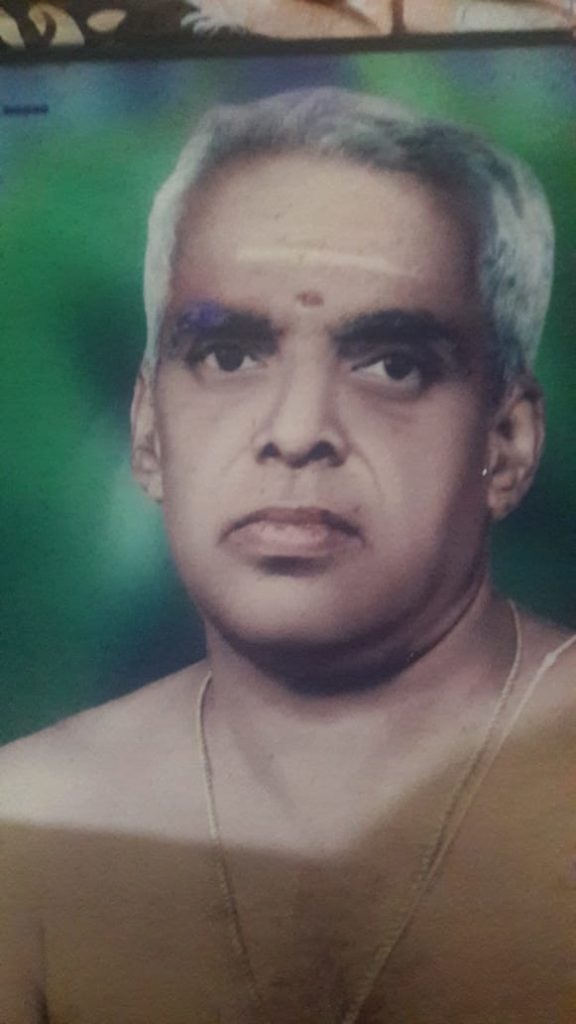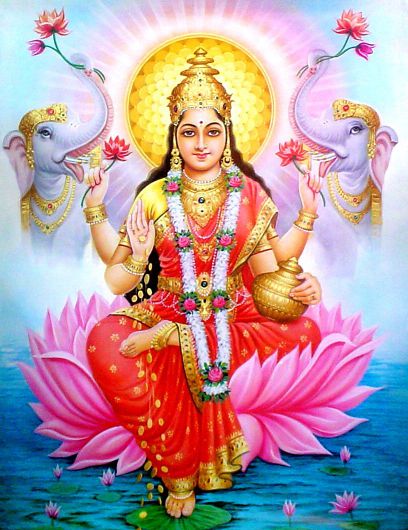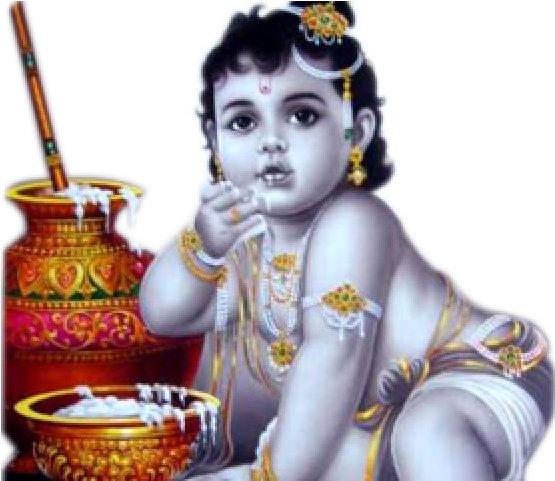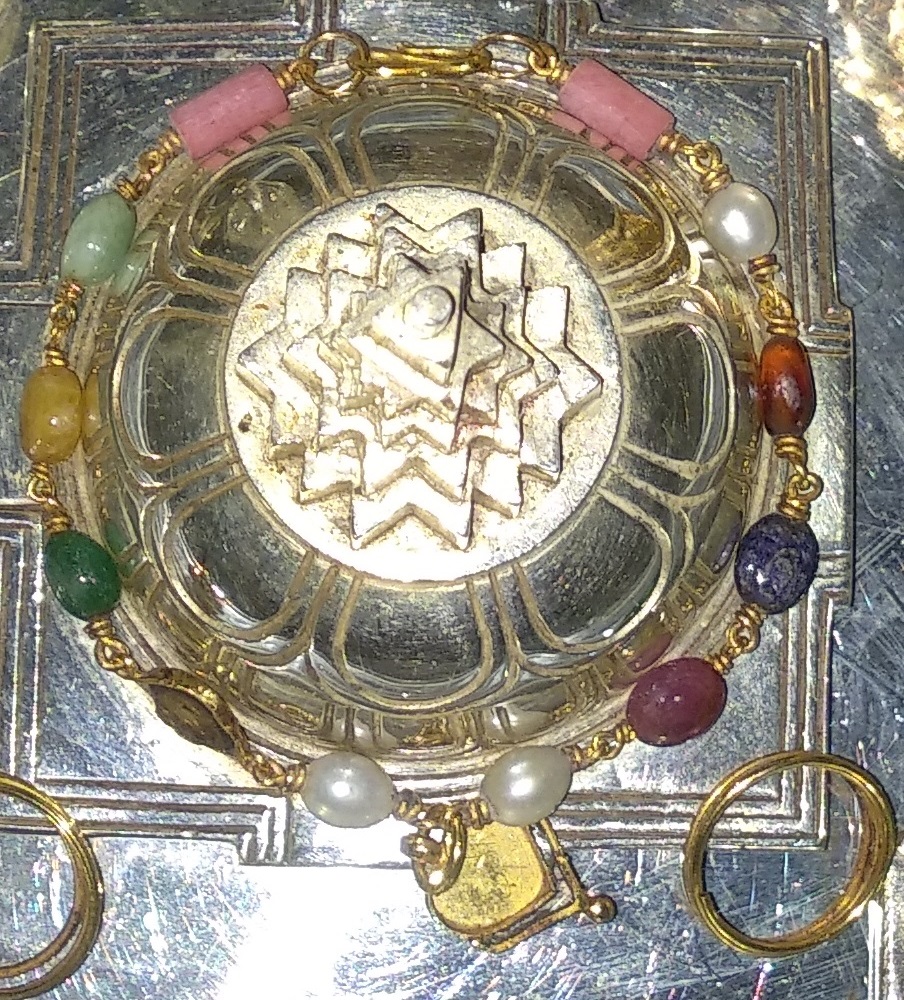Flag is the symbol of honor. By seeing a raised flag, one could get an idea of the people preceding it, in other words, it upholds the ideology of its followers. In the mythology, the characterized heroes of India have different depictions on their flags and even the divine characters, say deities, also possessed flags in India.
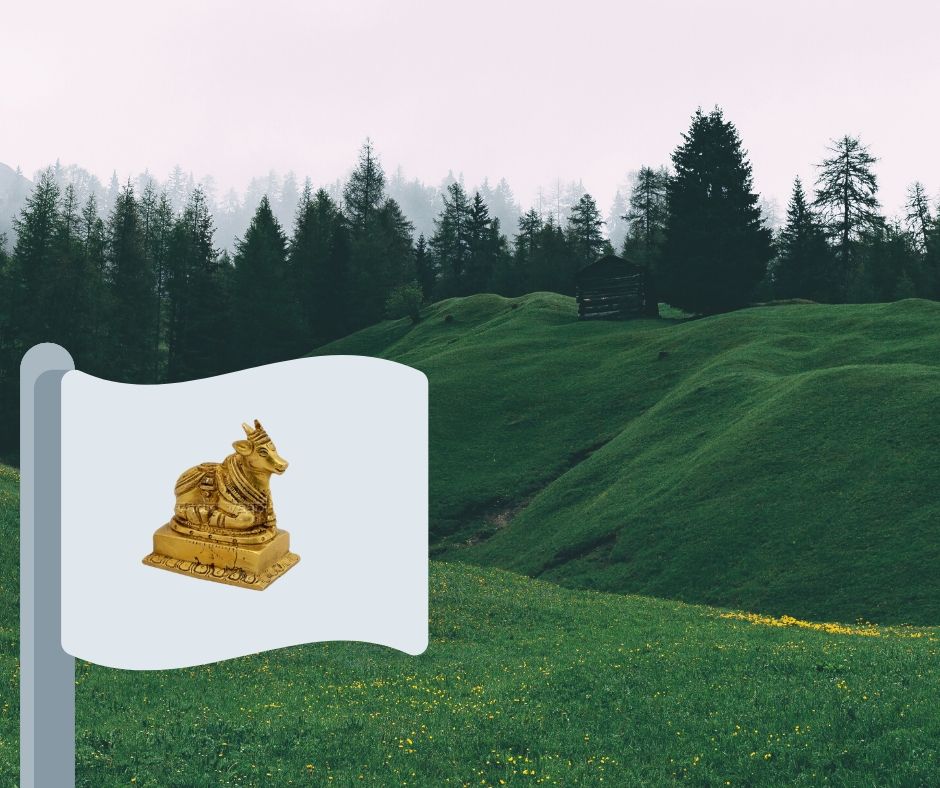
Some typical mythological characters and worshiped deities having flag are:
Continue reading
